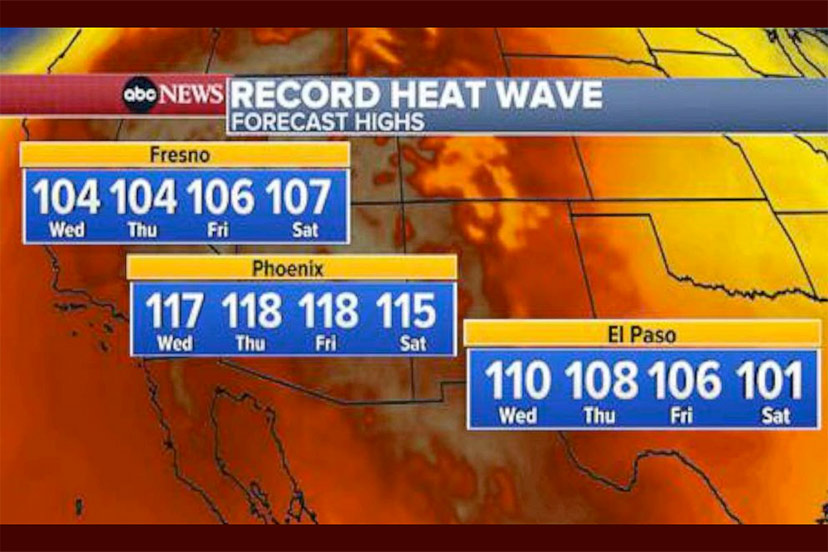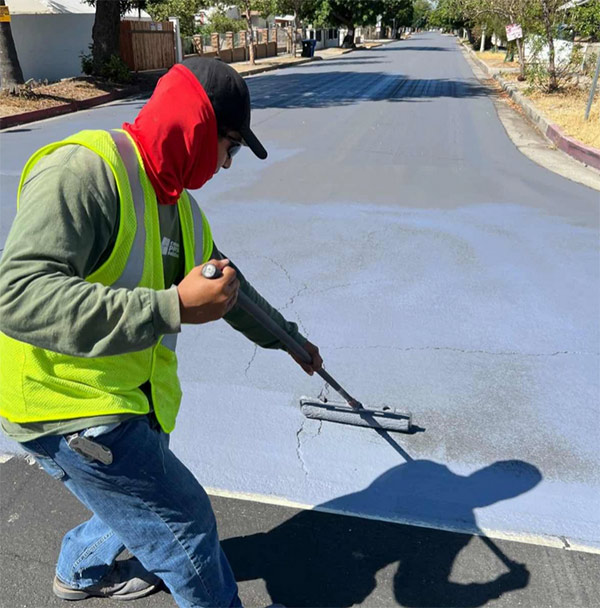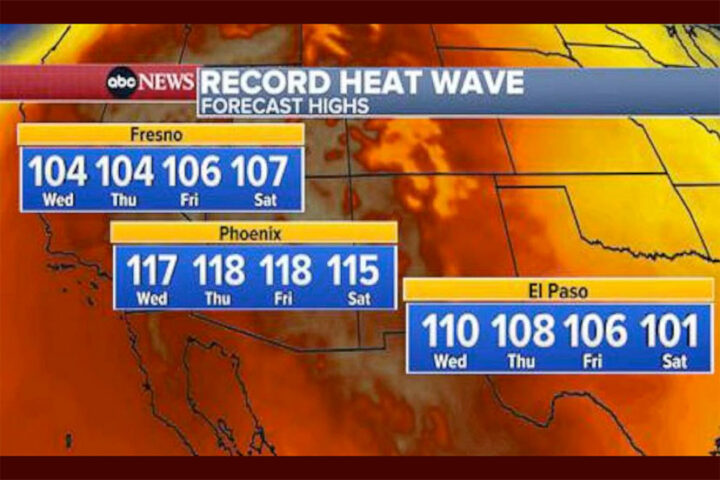Take a load off Fanny, take a load for free
Take a load off Fanny, and… you put the load right on me…
— from ‘The Weight’ by Robbie Robertson
America has lots of CEOs and CFOs and COOs. Too many, probably.
But before Jane Gilbert took on her new job for Miami-Dade County in 2021, no American city had a ‘CHO’ — Chief Heat Officer.
Reportedly, Ms. Gilbert’s position with the city’s Office of Resilience was created by Mayor Daniella Levine Cava in partnership with the Adrienne Arsht-Rockefeller Foundation Resilience Center. Since that time, CHOs have been established in a few cities around the world, including Phoenix and Los Angeles.
None yet in Colorado, as far as I can tell.
We (Colorado) were the first U.S. state to authorize recreational marijuana stores. We were also first to elected an openly gay man as governor. I’m not sure which of those two ‘firsts’ was the most significant.
But it’s also significant that we are falling behind, in terms of appointing Chief Heat Officers. (I have offered my application to serve as CHO for the Pagosa Daily Post, but so far have not had a response from our editor.)
I know quite a bit about heat. More than I would admit publicly. I know, for instance, that heat can be absorbed. And reflected.
Other people know this, as well.
For the past year, the Pacoima neighborhood of Los Angeles has been undergoing a lab experiment. A 10-square-block area was covered with 700,000 square feet of solar reflective paint — courtesy of GAF, the roofing and weatherproofing company. The coating was applied to streets, parking lots, and play areas.
According to the experts at GAF, the “Cool Community Project” has lowered surface temperatures by 10 degrees on sunny days, and reduced the ‘urban heat island’ effect by 25%-50% during peak temperatures.
Many people, this summer, are wishing they lived in a “Cool Community”.
From a July 12 article by Jennifer A. Kingson on Axios Generate:
“What we’re hearing more than anything is that there’s more comfort in the community. They’re more comfortable being outside — even on hot days — and they’re more comfortable with their children being outside,” says Jeff Terry, vice president of corporate social responsibility and sustainability at GAF.
Another GAF employee, Elliot Wall, drives around in a specially equipped golf cart, measuring how hot the pavement is. Or isn’t.
We have numerous golf carts in Pagosa Springs, that could be rigged up with scientific instruments to measure heat. Currently, most of them are being used instead to transport senior citizens, here and there, on the local golf course, without measuring any heat whatsoever.
But golf carts are only a minor part of the solution. Mainly, you need a lot of paint… but can anyone imagine trying to roll reflective paint onto our gravel roads? I sure can’t.
Which is just as well, really. Because the way I look at it — thanks to GAF — the Pacoima neighborhood in Los Angeles has been reflecting heat back into the atmosphere for the past year.
Reflected heat doesn’t just disappear. It gets absorbed…
…by the atmosphere.
Yes, certain Los Angeles streets stay cool, but has anyone noticed the temperatures, lately, across the rest of the American West?
Some people are blaming this problem on ‘climate change’. But I prefer to blame it on Los Angeles.
Underrated writer Louis Cannon grew up in the vast American West, although his ex-wife, given the slightest opportunity, will deny that he ever grew up at all. You can read more stories on his Substack account.




